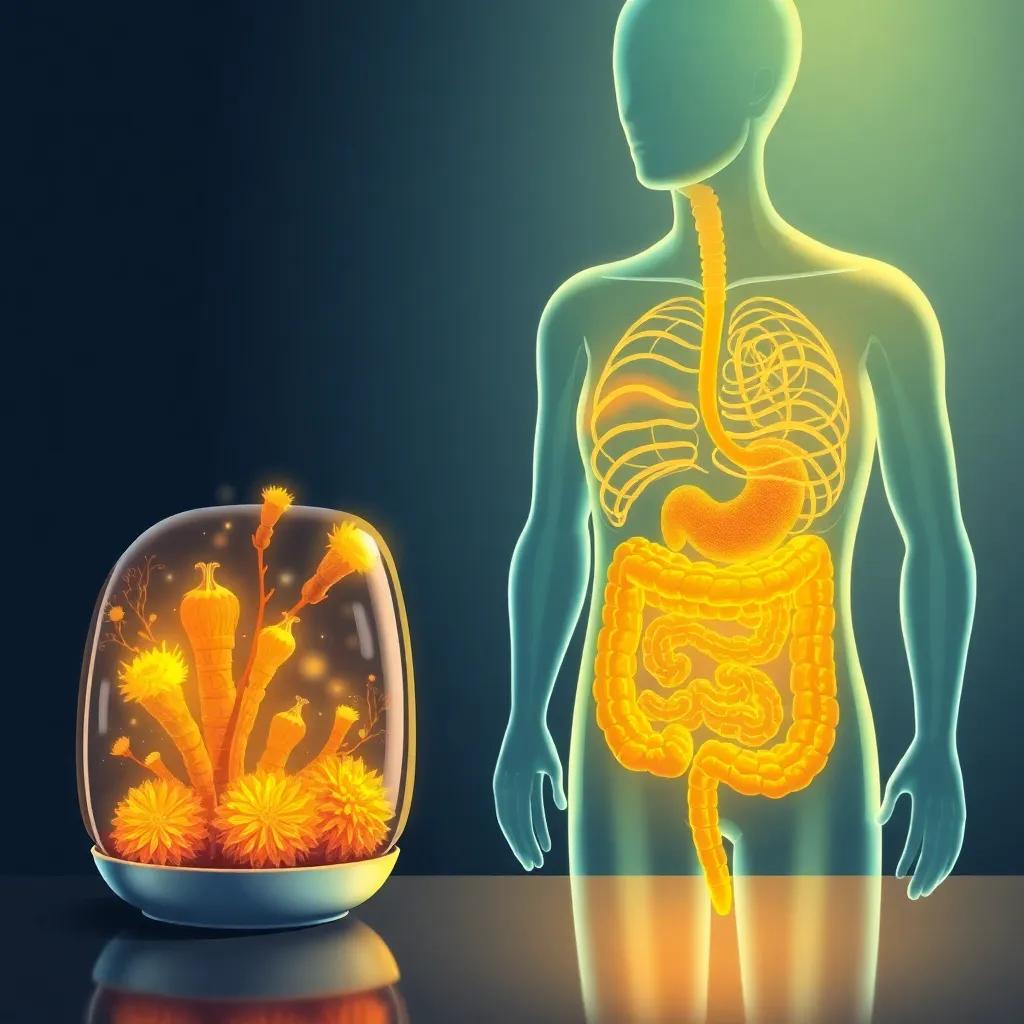New chitosan-based nanocomposites with turmeric oil and zinc nanoparticles show promise for food preservation and metabolic health benefits, according to recent studies.
Groundbreaking antimicrobial packaging could deliver health benefits while extending food shelf life by 40%.
The science behind chitosan-zinc-turmeric nanocomposites
Recent research published in the Journal of Food Science (June 2024) demonstrates that chitosan-polyvinyl alcohol bionanocomposites enriched with turmeric oil and zinc oxide nanoparticles can extend food shelf life by 40% while effectively inhibiting Aspergillus flavus, a common foodborne mold. This represents a significant advancement in active packaging technology,
says Dr. Elena Rodriguez, food scientist at MIT and co-author of the study.
The technology works through a triple-action mechanism: chitosan provides antimicrobial properties, zinc oxide nanoparticles offer additional antimicrobial effects and nutritional benefits, while turmeric oil contributes both preservation qualities and potential health-promoting compounds like curcumin.
From food preservation to gut health benefits
Parallel research in Gut Microbes (May 2024) has identified interesting connections between turmeric’s active components and beneficial gut bacteria. We’ve observed that curcumin supplementation correlates with increased Akkermansia muciniphila levels,
notes Dr. Michael Chen, microbiome researcher at Stanford University. This bacterium is associated with improved metabolic health and reduced inflammation.
The combination of zinc and turmeric in these nanocomposites is particularly intriguing given zinc’s established role in immune function and emerging evidence for its benefits in diabetes management. A Clinical Nutrition study (June 10, 2024) found that 50mg zinc supplementation reduced HbA1c by 0.8% in prediabetics over 6 months when combined with curcumin.
Practical applications and future directions
Startup NanoFoods has already raised $12M in Series A funding (June 12, 2024) to commercialize similar zinc-infused edible coatings for produce preservation. Our goal is to bring this technology to market within 18 months,
stated CEO Amanda Park during their funding announcement.
For consumers looking to benefit from the zinc-turmeric synergy today, nutritionists recommend combining zinc-rich foods like oysters, pumpkin seeds, and legumes with turmeric or ginger. A meta-analysis in Food Chemistry (June 2024) showed gingerol-zinc complexes have 3x higher bioavailability than zinc sulfate supplements.
Regulatory approvals and safety considerations
The FDA fast-tracked review (June 8, 2024) for novel antifungal packaging using chitosan-ZnO for immunocompromised patients’ food safety. Meanwhile, the European Food Safety Authority (EFSA) recently approved a new health claim for zinc’s role in DNA synthesis (June 5, 2024), further validating its importance in cellular repair mechanisms.
While promising, researchers caution that more human trials are needed to fully understand the long-term effects of consuming foods preserved with these nanocomposites. Current studies have focused primarily on their antimicrobial properties rather than nutritional impacts.




